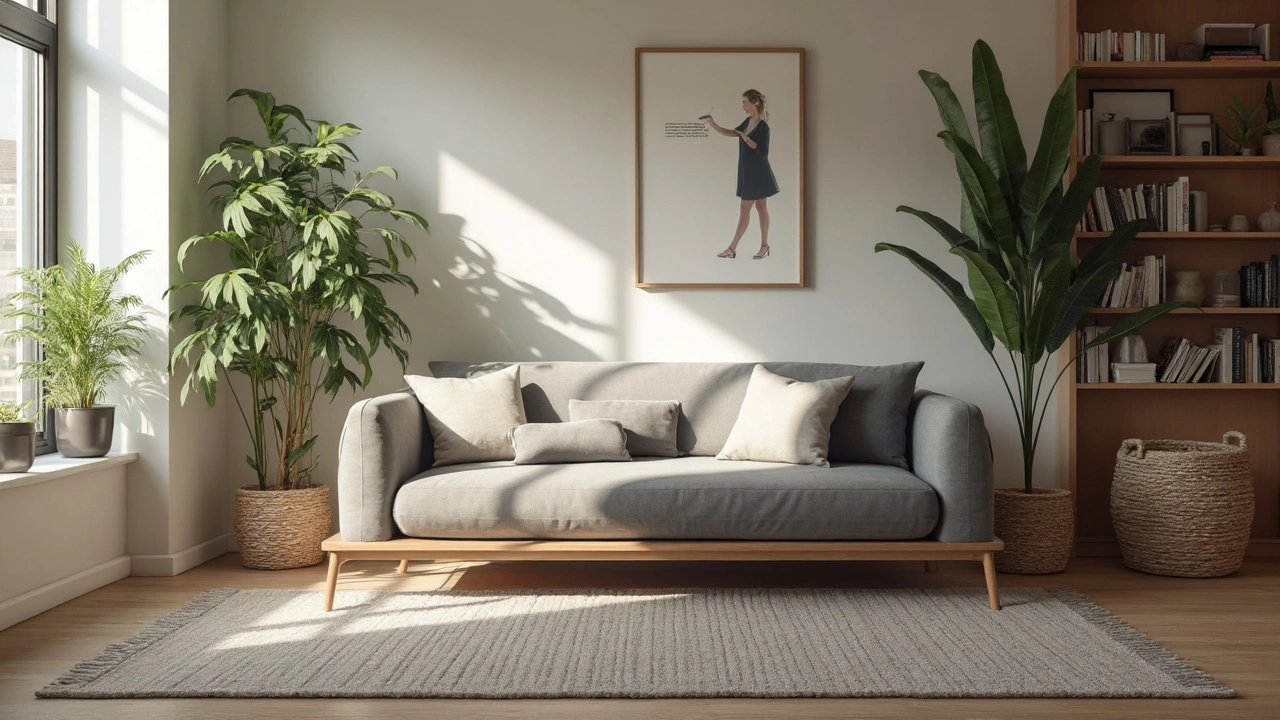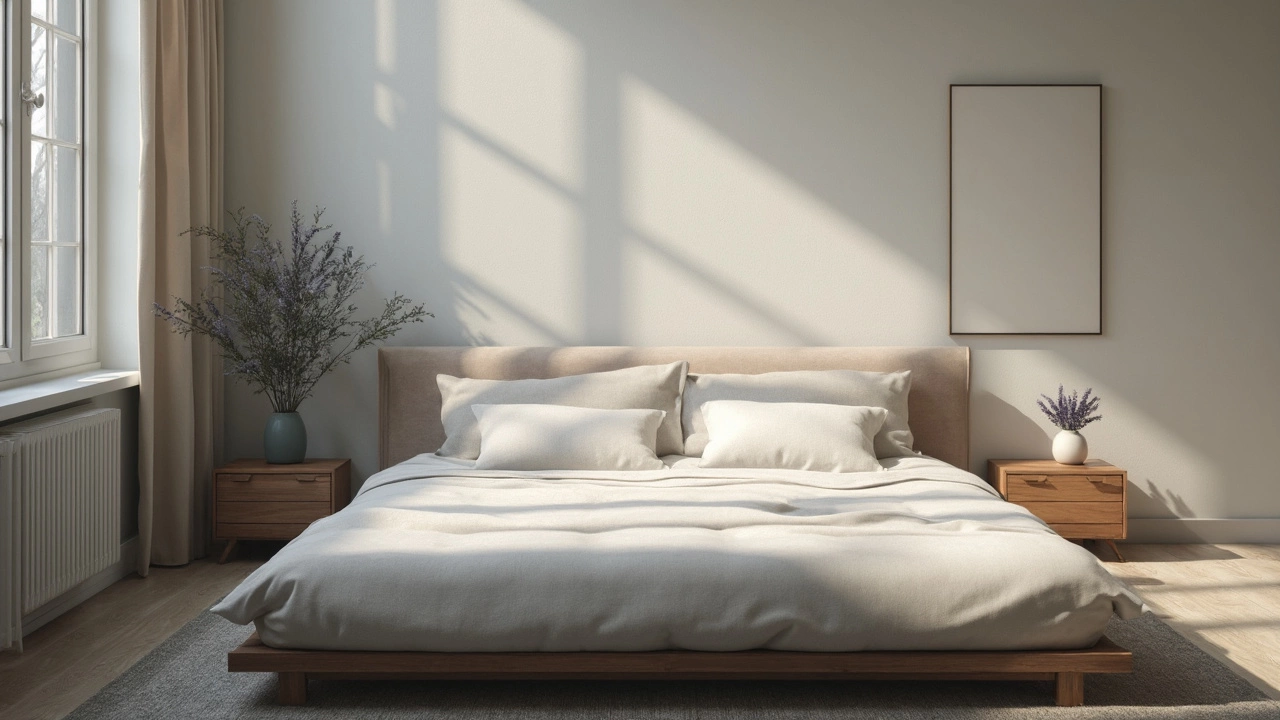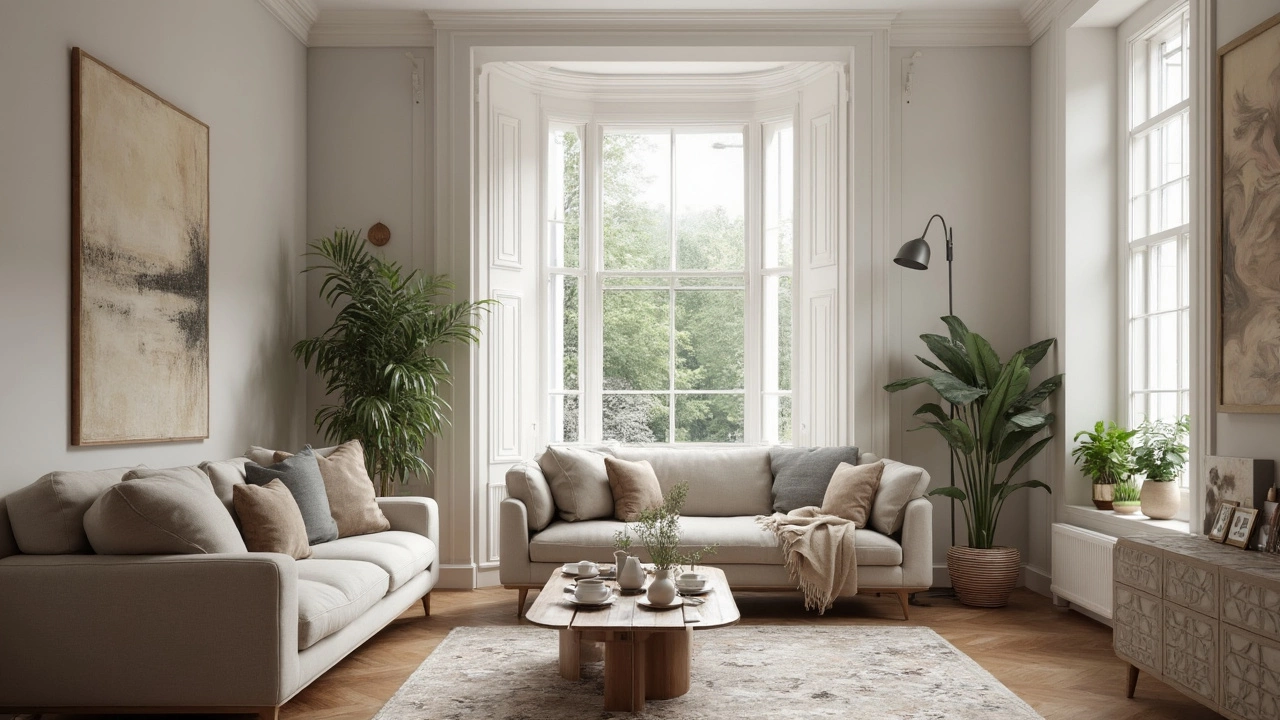Futon Guide: Comfort, Health & Styling Made Easy
If you’ve seen a futon in a tiny apartment or a cozy cabin, you probably wonder whether it’s just a trendy seat or a real sleeping solution. The truth is simple – a futon can be a comfortable bed, a handy sofa, and a stylish piece all at once. Below we break down what makes a futon work for everyday life, how it impacts your health, and quick tips to make it look great in any room.
Is Sleeping on a Futon Every Night Healthy?
Most people think a futon is only good for occasional guests, but many actually use it night after night. A quality futon with a firm, supportive mattress can keep your spine aligned just like a regular bed. The key is choosing the right thickness – usually 4–6 inches of high‑density foam or a layered cotton‑latex combo works best. Too soft and you’ll sink; too hard and you’ll feel stiff in the morning.
Another health factor is airflow. Traditional Japanese futons are thin and placed on the floor, allowing air to circulate around you. Modern low‑profile futons often sit on a wooden frame, which still provides decent ventilation if you keep the room dry. Rotate the mattress every few weeks to avoid wear spots, and let it air out on a sunny day once a month.
Choosing the Right Futon for Your Space
First, measure the floor area where you plan to set it up. A standard futon is about 78 inches long and 30–36 inches wide, but many retailers offer shorter or wider models. If you have a small living room, pick a narrow 30‑inch width so it slides easily against a wall.
Next, think about the frame material. Hardwood frames last longer and look upscale, while metal frames are lighter and easier to move. For a rustic vibe that matches Rustic Social’s aesthetic, a reclaimed pine frame with a natural finish adds warmth without a big price tag.
Finally, decide on the upholstery. Cotton blends are breathable and easy to clean, while leather gives a sleek look but needs occasional conditioning. If you have pets, go for a stain‑resistant fabric that can handle a bit of wear and tear.
Once you have the right futon, styling is a breeze. Add a couple of low‑profile throw pillows in muted earth tones to keep the look relaxed. A lightweight area rug underneath helps define the sleeping zone and adds a soft surface for the futon frame.
For a multifunctional room, use a folding futon that can be stored upright when you need extra floor space. Pair it with a narrow bookshelf or a wooden console for a balanced feel. The key is to keep the overall layout uncluttered – a clean floor, a few well‑chosen accessories, and the futon becomes the room’s centerpiece.
Bottom line: a well‑chosen futon can be just as comfortable and supportive as a traditional bed, especially when you pay attention to mattress firmness, frame quality, and breathable upholstery. It also saves space, fits a rustic or modern decor, and stays affordable. Give it a try – you might end up loving the simplicity of a futon more than you expected.
Japanese Sofa Bed: Space-Saving Comfort and Modern Minimalist Design
Discover the unique appeal of the Japanese sofa bed, blending minimalist design, comfort, and exceptional space-saving features for modern homes.
MoreFancy Word for Sofa Bed: What’s the Stylish Term?
Curious about what to call a sofa bed if you want to sound a bit more upscale? This article breaks down the fanciest terms people use for sofa beds and why they matter. You'll learn a bit of furniture lingo, discover some design tips, and see how these versatile pieces fit into modern homes. Plus, you'll pick up tricks to choose the right type of sofa bed for your space. No jargon or fluff—just straightforward info.
MoreFuton or Sofa Bed: Which One’s Actually More Comfortable?
Stuck choosing between a futon and a sofa bed? This article breaks down which one is actually more comfortable to sit and sleep on. You'll learn about mattress differences, setup hassles, and key facts that make deciding easier. Plus, there are tips for picking the best option for your space and guests. Say goodbye to backaches and sleepless nights.
MoreWhat is Japanese Bedding? Exploring Comfort and Simplicity
Japanese bedding is more than just a traditional sleeping arrangement; it's a blend of comfort and practicality that appeals to modern minimalists. Unlike bulky Western beds, Japanese bedding revolves around simple futons that provide both flexibility and space-saving benefits. These futons are typically made with natural materials like cotton, offering a cozy and breathable sleep experience. Embracing Japanese bedding can transform your living space into a serene, clutter-free zone.
MoreSofa Bed Alternatives: What Else Are They Called?
Sofa beds, also known as sleeper sofas or pull-out couches, offer a versatile furniture solution for small spaces. With their dual functionality, they provide a comfy spot to sit during the day and a cozy bed at night. Discover various types, names, and practical tips to help you choose the perfect one for your home. Learn how to make the most of your sofa bed's lifespan and maximize your living space.
More




